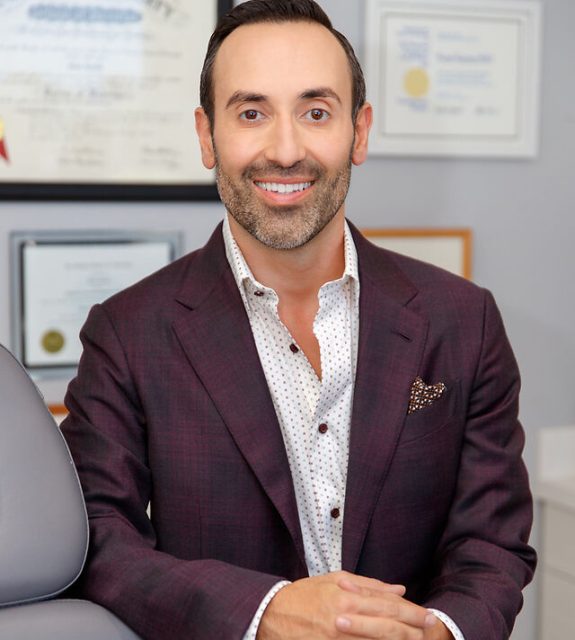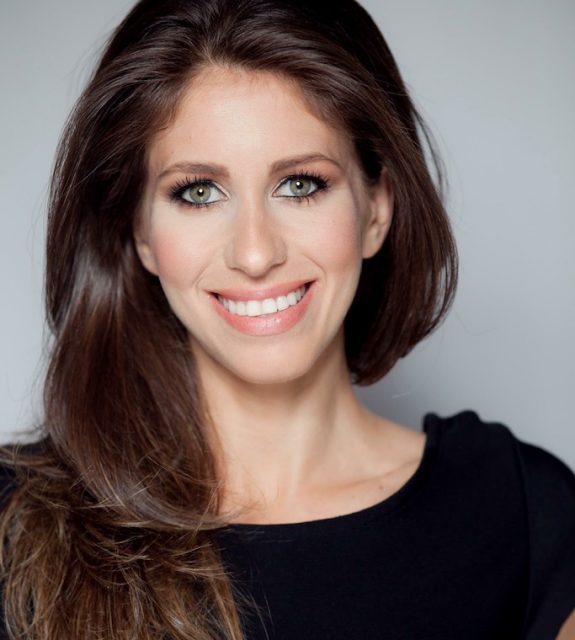Dr. Steven Davidowitz, also known as "Dr. D" by his patients, is one of the Upper East Side of Manhattan’s leading celebrity cosmetic dentists that specialize in designing and maintaining beautiful smiles. Dr. D is among the world’s most prominent cosmetic dentists. Dr. Steven Davidowitz practices general and cosmetic dentistry with a true love for smile makeovers through clear aligners and porcelain veneer treatments. Dr. Davidowitz was recently named a member of the RealSelf Medical Review Advisory Board for cosmetic dentistry content on their website and platform at RealSelf Medical Review Advisory Board. He was also recognized as an Invisalign Elite Provider in 2012 which signified his extraordinary amount of education and experience in using Invisalign. This distinction also placed him in the top 3% of Invisalign providers in the United States. Haute Beauty expert Dr. Steven Davidowitz explains smile makeover consultations from his point of view.

The dentist chair brings out an array of emotions for all patients, especially during a consultation. The time where the specialist tells all about how to achieve that bright and beautiful smile that you have been aiming for your entire life. The only way to ease our minds is to get answers and of course, prepare ourselves for what's to come prior to a consultation. Below Dr. D provides us with a breakdown of a consultation from an expert's point of view.
What are the steps of a consultation?
The first step to any quality procedure is a good, face-to-face conversation. My goal is to first learn about the patient’s chief complaints, current oral health, as well as financial status. A smile makeover is an investment, and it is important to discuss this upfront and set realistic expectations.
After a thorough examination and review of X Rays, photos, and 3D digital impressions we move to my specialized smile creation technique. The purpose of this technique is to give the patient an accurate representation of what their “new” smile will look like after the procedure is complete. This smile makeover simulation allows the patient to view images of him or herself smiling in different ways, with a whiter smile, a wider smile, more length to the teeth, and so on. A digital impression molding is then taken of the teeth, which allows it to be converted to a file for the computer. Using CAD technology, we are able to 3D print these models to the exact proportions we are seeing on the simulation. This is quite remarkable as the patient knows exactly what to expect after the procedure is complete and gets to approve their new smile beforehand.
What are the three most common questions a new patient asks in a consultation?
- How many teeth do I need to fix in order to reach my new smile goals?
- How much will my smile makeover cost?
- How long will my new smile last?

Do you show your patients before and after pictures in a consultation?
I do show some before and after photos to showcase my work. But what I find is even more impactful and important is showing my patients a before and simulated after photo of themselves. This allows my patient to visualize what their new smile will look like before we even begin.
Do patients ever show you photos of what they’d like their smile to look like?
It is quite common to have patients bring in examples of smiles they would like to emulate. However, they may have personal preferences and desires, but I need to determine how they relate to their own facial structures and personality? Your smile and teeth should compliment you, and that’s my goal when you consult with me.
If a patient does not want braces and only Invisalign and you know that it’s best they receive braces, what would you do in that scenario?
There are very few teeth-straightening cases in today's modern era of dentistry that would require braces over clear aligners. But, if a person would benefit greatly from traditional brackets and wires over clear aligners then this would be explained and if the patient prefers then a proper referral would be made.
























